Discover Toronto’s urban wilderness through four distinct seasons of outdoor adventure, where natural heritage protection meets metropolitan excitement. Paddle across the glassy waters of Toronto Islands, watching the city skyline shimmer in the distance while great blue herons wade along pristine shorelines. Trek through High Park’s 400 acres of ancient oak savannas and flowering cherry blossoms, where urban hiking trails reveal hidden gardens and natural ice rinks transform winter landscapes. Scale the limestone cliffs at Rattlesnake Point, just outside the city limits, for heart-pumping adventure and panoramic views of the Niagara Escarpment. Whether you’re a weekend warrior seeking adrenaline rushes or a nature enthusiast looking for peaceful eco-adventures, Toronto’s outdoor playground offers year-round activities that seamlessly blend wilderness experiences with urban accessibility. From the Don Valley’s extensive mountain biking network to Rouge National Urban Park’s diverse ecosystems, the city’s green spaces provide endless opportunities for sustainable outdoor recreation right at your doorstep.
Urban Green Spaces: Toronto’s Natural Treasures
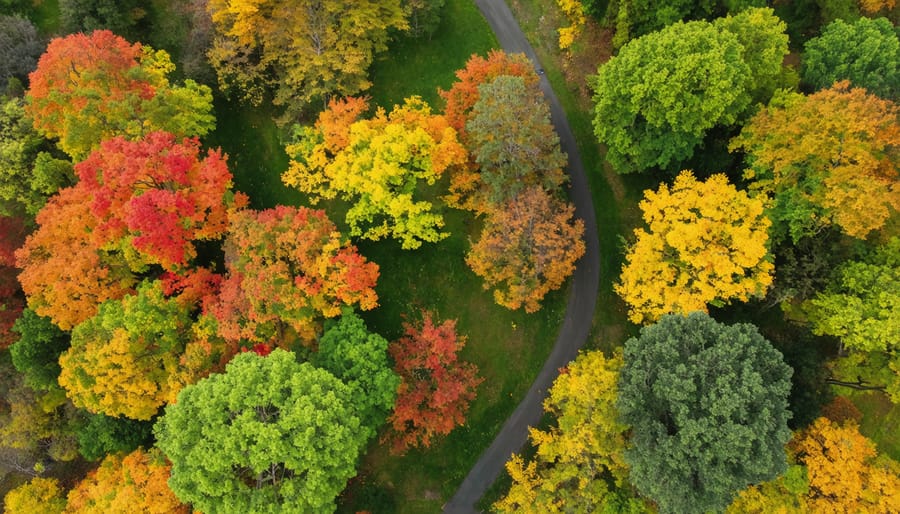
High Park’s Hidden Trails
Tucked away in Toronto’s west end lies High Park, a sprawling 399-acre natural paradise that feels worlds away from the urban bustle. While many visitors flock to the popular attractions like the zoo and cherry blossoms, the park’s true magic lies in its network of hidden trails and natural wonders.
The park’s extensive trail system offers something for every skill level. The main loop around Grenadier Pond provides an easy 2.1-kilometer trek with stunning water views and wildlife spotting opportunities. Watch for great blue herons fishing along the shoreline or turtles basking on fallen logs. For more adventurous hikers, the challenging ravine trails on the park’s eastern edge wind through ancient oak woodlands and rare black oak savannas.
Nature enthusiasts will appreciate the park’s eight kilometers of unpaved trails that showcase Toronto’s native ecosystems. Spring brings a carpet of trilliums and wild columbine to the forest floor, while fall transforms the canopy into a spectacular display of red maples and golden oaks. Keep your eyes peeled for the park’s resident great horned owls, often spotted in the quiet morning hours.
For the best experience, visit during off-peak hours (early morning or weekday afternoons) when the trails are less crowded. Don’t forget to bring a reusable water bottle and download the park’s trail map to your phone before setting out. Remember to stay on marked paths to protect the delicate ecosystem and wildlife habitats.
Rouge National Urban Park
Nestled on the eastern edge of Toronto, Rouge National Urban Park stands as a testament to Canada’s commitment to green infrastructure initiatives and urban wilderness preservation. This sprawling 79.1 square kilometer park offers a unique blend of natural landscapes, from lush forests and meadows to wetlands and beaches, all within city limits.
Nature enthusiasts will find themselves enchanted by the park’s 12+ hiking trails, ranging from easy walks to more challenging terrain. The Woodland Trail is perfect for beginners, while the Vista Trail rewards hikers with breathtaking views of the Rouge River valley. During spring and fall migrations, birdwatchers can spot over 225 species of birds, making it a paradise for wildlife photography.
What sets Rouge apart is its commitment to sustainable tourism. The park offers guided eco-tours where visitors can learn about indigenous plants, local wildlife, and conservation efforts. Pro tip: visit during early morning hours for the best wildlife viewing opportunities and fewer crowds. Don’t forget to download the park’s mobile app, which provides real-time trail conditions and interactive nature guides.
For the best experience, enter through the Zoo Road entrance, where you’ll find ample parking and helpful park staff at the welcome center. Remember to pack water, wear sturdy shoes, and follow the leave-no-trace principles to help preserve this urban wilderness for future generations.
Water-Based Eco Adventures
Toronto Islands by Kayak
Paddling through the calm waters of Lake Ontario to explore the Toronto Islands by kayak offers one of the most serene and memorable outdoor experiences in the city. As you glide away from the Harbourfront, the bustling cityscape transforms into a peaceful archipelago of 15 interconnected islands waiting to be discovered.
Rental facilities at the Harbourfront Canoe & Kayak Centre provide everything you need for your adventure, from kayaks and life jackets to basic paddling instruction for beginners. The best time to start your journey is early morning when the waters are calmest and wildlife is most active.
Follow the marked waterways around the islands to discover hidden beaches, peaceful lagoons, and charming cottages. Keep your eyes peeled for great blue herons fishing in the shallows or turtles sunbathing on fallen logs. The western channels offer stunning views of the city skyline, while the eastern passages reveal quieter, more natural settings.
For the best experience, pack a waterproof bag with snacks and water, and plan for a 2-3 hour expedition. More experienced paddlers can venture further to explore the outer islands or even circumnavigate the entire archipelago. Remember to check weather conditions before heading out and always follow water safety guidelines.
Pro tip: Visit during September or October when tourist crowds thin out and the islands’ foliage turns brilliant shades of red and gold, creating picture-perfect reflections on the water.
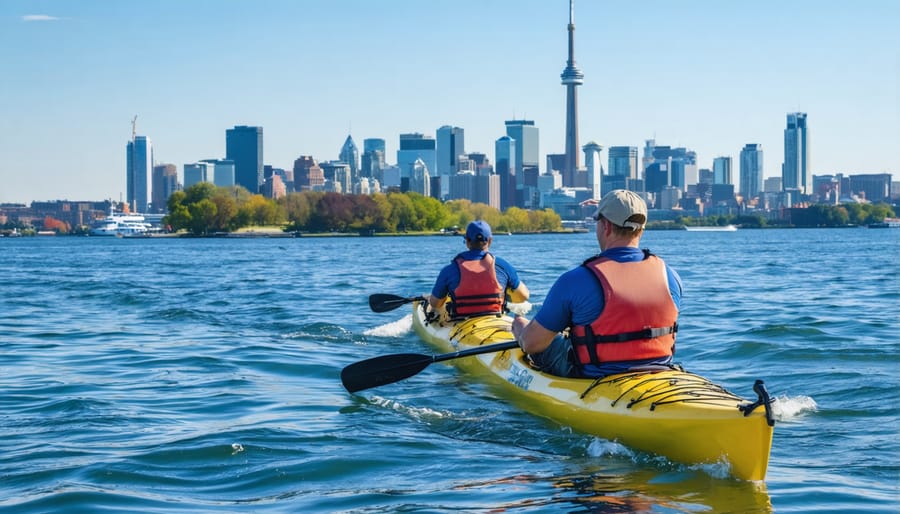
Humber River Paddling
The Humber River offers one of Toronto’s most serene paddling experiences, winding through lush urban wilderness that makes you forget you’re in Canada’s largest city. Launch your kayak or canoe from one of several access points, with King’s Mill Park being a local favorite for its easy put-in spot and ample parking.
As you paddle along the gentle waters, you’ll discover a thriving ecosystem that’s home to salmon, herons, and even the occasional beaver. The river’s lower portion provides perfect conditions for beginners, while more experienced paddlers can explore further upstream where the waters become more dynamic.
For the most memorable experience, time your visit for early morning when the mist rises off the water and wildlife is most active. During fall, the surrounding maple trees put on a spectacular show of reds and golds, making it an especially photogenic season for paddling adventures.
To minimize your environmental impact, stick to designated launch points, pack out what you pack in, and maintain a respectful distance from wildlife. Several local outfitters offer eco-friendly rental options, including Toronto Adventures and the Humber River Paddling Centre, both of which provide guided tours focused on river conservation and local history.
Pro tip: Book your paddling session during weekdays to avoid weekend crowds and enjoy a more peaceful experience on the water.
Seasonal Eco-Activities
Summer Trail Networks
Toronto’s extensive network of summer trails offers outdoor enthusiasts a perfect blend of urban convenience and natural beauty. The city boasts over 850 kilometers of trails, connecting various sustainable urban parks and green spaces, making it a paradise for hikers and cyclists alike.
The Don Valley Trail system is a local favorite, winding through lush ravines and offering a refreshing escape from city life. Here, you’ll find both paved and natural paths suitable for all skill levels. The Lower Don Trail, in particular, provides an excellent starting point for beginners, with its well-maintained paths and frequent rest areas.
For cycling enthusiasts, the Waterfront Trail presents stunning views of Lake Ontario while connecting multiple beaches and parks. Pack a picnic and make a day of it – there are plenty of scenic spots to take a break and enjoy the summer breeze.
Don’t miss the Hidden Gems of the Humber River trails, where you might spot local wildlife like herons and deer. Pro tip: visit early morning or late afternoon to avoid the crowds and catch the best light for nature photography. Remember to bring a reusable water bottle and download the Toronto Trails app for easy navigation – it’s a lifesaver when exploring new routes!
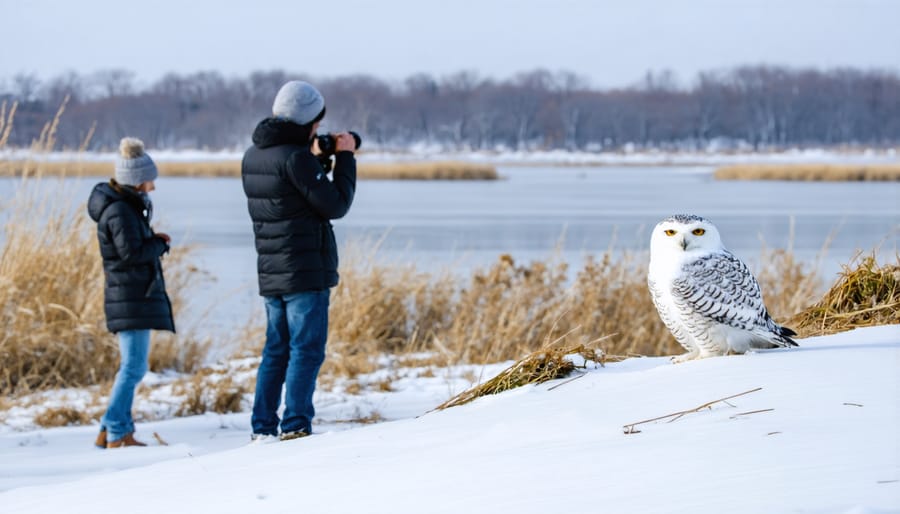
Winter Wildlife Watching
Toronto’s winter wonderland offers fantastic opportunities for wildlife watching, with many species remaining active throughout the cold months. Bundle up and head to High Park or the Don Valley trails, where you might spot white-tailed deer gracefully moving through the snow-covered landscape or red foxes hunting for prey.
The Leslie Street Spit becomes a prime location for birding enthusiasts during winter, as various waterfowl species seek refuge in Toronto’s sheltered harbor. Keep your eyes peeled for long-tailed ducks, common goldeneyes, and the majestic snowy owls that occasionally visit the area.
Remember to practice responsible wildlife viewing by maintaining a safe distance and never feeding the animals. Bring along a pair of binoculars and a camera with a zoom lens to observe wildlife without disturbing their natural behaviors. Early morning and dusk are typically the best times for spotting active wildlife.
Tommy Thompson Park offers excellent winter wildlife viewing opportunities along its groomed trails. You might encounter resident birds like northern cardinals and black-capped chickadees, or even catch glimpses of coyotes adapting to urban life.
Pro tip: Join one of the Toronto and Region Conservation Authority’s guided winter wildlife walks to learn from experienced naturalists about animal tracking and winter survival strategies. These educational programs provide valuable insights into Toronto’s diverse urban wildlife while ensuring responsible observation practices.
Urban Agriculture Adventures
Toronto’s thriving urban agriculture scene offers a unique blend of gardening, education, and community connection. The city boasts over 100 community gardens where residents and visitors can get their hands dirty while learning about sustainable food production.
At Evergreen Brick Works, you can explore the demonstration gardens and participate in seasonal workshops on urban farming techniques. Their Saturday Farmers’ Market is a perfect spot to meet local growers and sample fresh, locally grown produce. During summer months, they offer guided tours of their food gardens and educational programs for all ages.
The Ryerson Urban Farm, perched atop a downtown building, showcases innovative rooftop farming methods. Visitors can join volunteer sessions to learn about vertical growing systems and sustainable urban agriculture practices. The farm produces an impressive 10,000 pounds of food annually, proving that concrete jungles can indeed become productive green spaces.
For a more immersive experience, check out Black Creek Community Farm in North York. This 8-acre urban farm offers hands-on workshops, children’s programs, and community events throughout the growing season. You can learn about traditional farming methods, composting, and even beekeeping while connecting with fellow nature enthusiasts.
Many neighborhood gardens also welcome volunteers and visitors. The Trinity Bellwoods Community Garden and Leslie Street Allotment Gardens are excellent spots to witness urban agriculture in action and chat with local gardeners about their growing techniques.
Practical Tips for Eco-Conscious Explorers
As you explore Toronto’s outdoor spaces, it’s essential to practice responsible tourism and support local environmental conservation efforts. Here are some practical ways to minimize your ecological footprint while enjoying the city’s natural attractions.
Always stick to marked trails when hiking or biking to protect native vegetation and wildlife habitats. Pack a reusable water bottle and bring your own snacks in washable containers to reduce single-use plastic waste. Many of Toronto’s parks have water filling stations, making it easy to stay hydrated sustainably.
Consider using Toronto’s extensive public transit system or bike-share program to reach outdoor destinations instead of driving. The TTC and GO Transit connect to most major parks and natural areas, while Bike Share Toronto offers convenient pickup and drop-off points throughout the city.
When photographing wildlife, maintain a respectful distance and never feed the animals. This helps preserve their natural behaviors and keeps both you and the wildlife safe. If you’re planning a picnic, bring eco-friendly utensils and pack everything out that you pack in.
For water activities, use biodegradable sunscreen to protect marine life in Lake Ontario and local waterways. When kayaking or paddleboarding, be mindful of nesting areas and avoid disturbing shoreline habitats.
Join local cleanup initiatives or volunteer for conservation projects to give back to the community. Many organizations regularly host events where you can combine outdoor recreation with environmental stewardship, making your visit both enjoyable and meaningful for Toronto’s ecosystem.
As we embrace Toronto’s incredible outdoor spaces, it’s crucial to remember our role in preserving these natural treasures for future generations. The city’s blend of urban parks, waterfront trails, and natural areas offers countless opportunities for sustainable recreation that benefits both visitors and the environment. By choosing eco-friendly transportation options like biking or walking, staying on marked trails, and properly disposing of waste, we can all contribute to maintaining Toronto’s outdoor spaces.
The growing popularity of activities like urban gardening, nature photography, and bird watching demonstrates how residents and visitors alike are finding ways to connect with nature while minimizing their environmental impact. Local initiatives and community programs continue to promote responsible outdoor recreation, making it easier than ever to enjoy Toronto’s natural spaces sustainably.
Remember, every small action counts – from bringing reusable water bottles on hikes to participating in local clean-up events. By embracing sustainable outdoor practices, we ensure that Toronto’s natural spaces remain vibrant, accessible, and enjoyable for years to come. Let’s continue to explore, appreciate, and protect the incredible outdoor experiences our city has to offer.

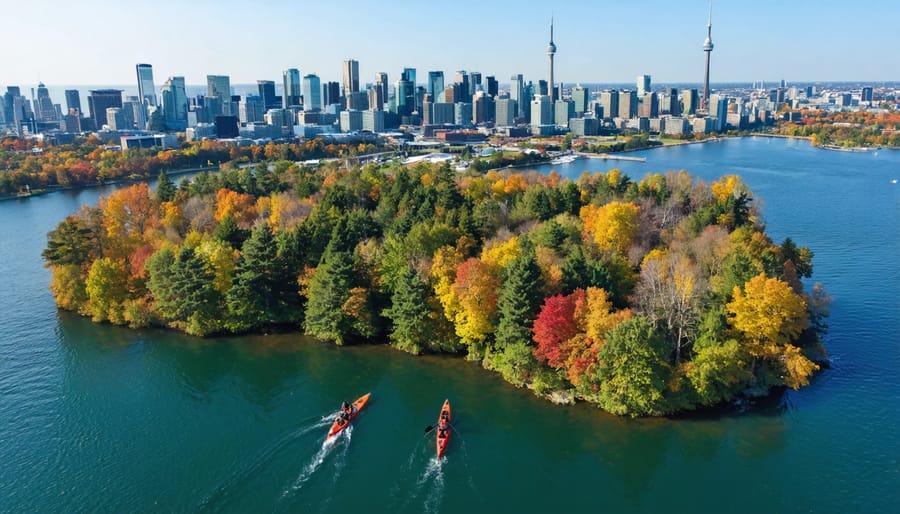

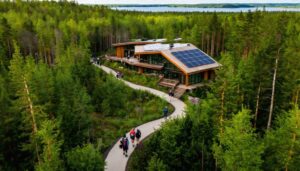





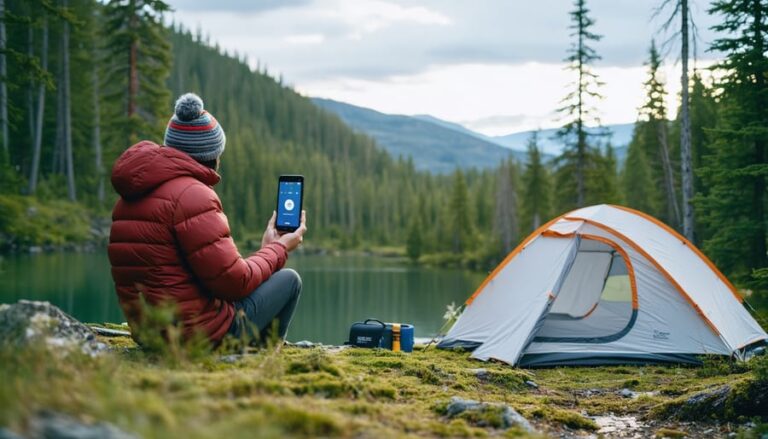
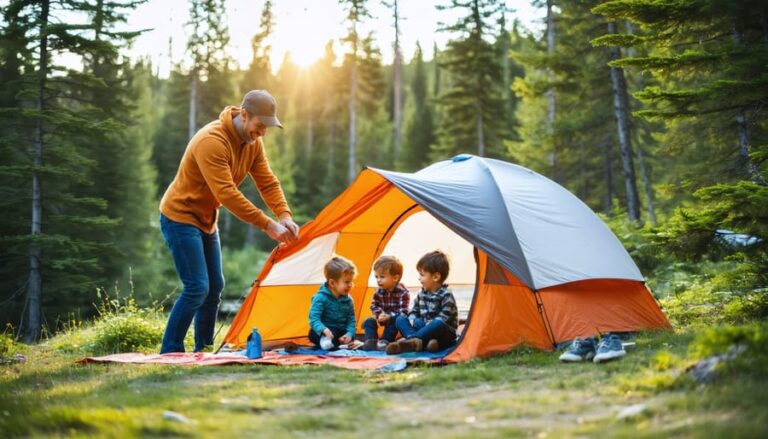
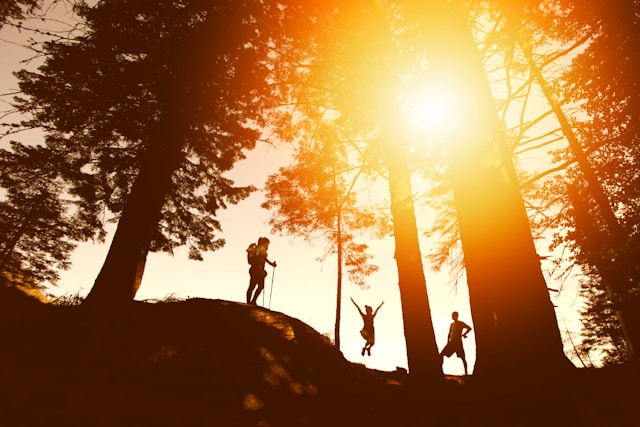
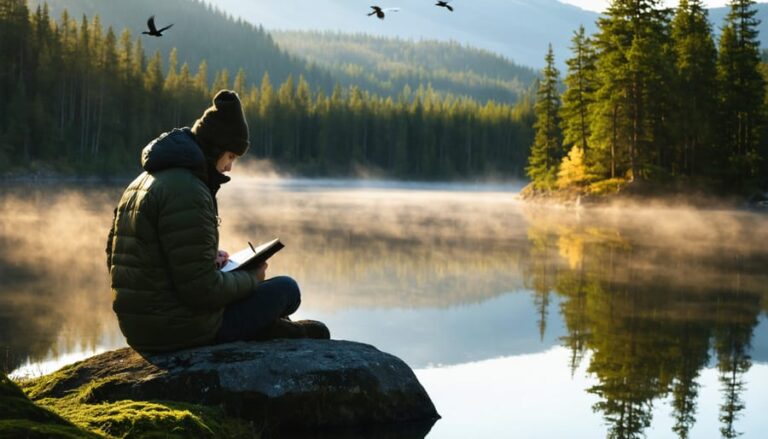

+ There are no comments
Add yours